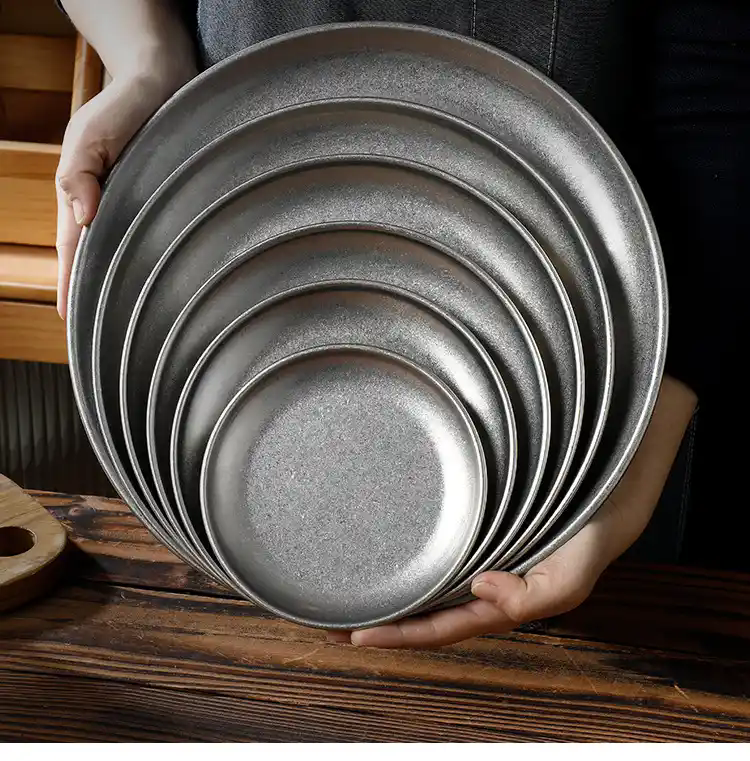Stainless steel plates are generally considered safe for most uses and are not harmful to health when used appropriately. Stainless steel is a durable, corrosion-resistant material commonly used in cookware, medical devices, food containers, and construction. However, there are some considerations to keep in mind:
1.Nickel and Chromium: Stainless steel contains nickel and chromium, which can cause allergic reactions in some sensitive individuals. If you have a sensitivity or allergy to these metals, prolonged exposure could lead to skin irritation or other allergic reactions.
2.Food-grade Stainless Steel: For cookware or food-related uses, ensure you’re using food-grade stainless steel (such as 304 or 316 grades), as these are designed to withstand high temperatures and do not leach harmful substances into food. Lower-quality stainless steel might contain impurities or other metals that could be problematic over time.
3.Health Risks from High Temperatures: If stainless steel cookware is heated to extreme temperatures (especially in the absence of food or liquid), it could degrade or release trace amounts of certain metals. However, this is unlikely to pose a significant health risk under normal conditions.
4.Inhalation of Fine Particles: In industrial settings, cutting, grinding, or welding stainless steel may release fine metal particles or fumes, which could be harmful to the respiratory system if inhaled over long periods without proper safety measures.
In general, when used properly, stainless steel is safe and does not pose significant health risks. If you’re concerned about exposure to metals, it’s best to stick to food-grade stainless steel products and ensure they’re well-maintained.
Post time: Jul-14-2025





